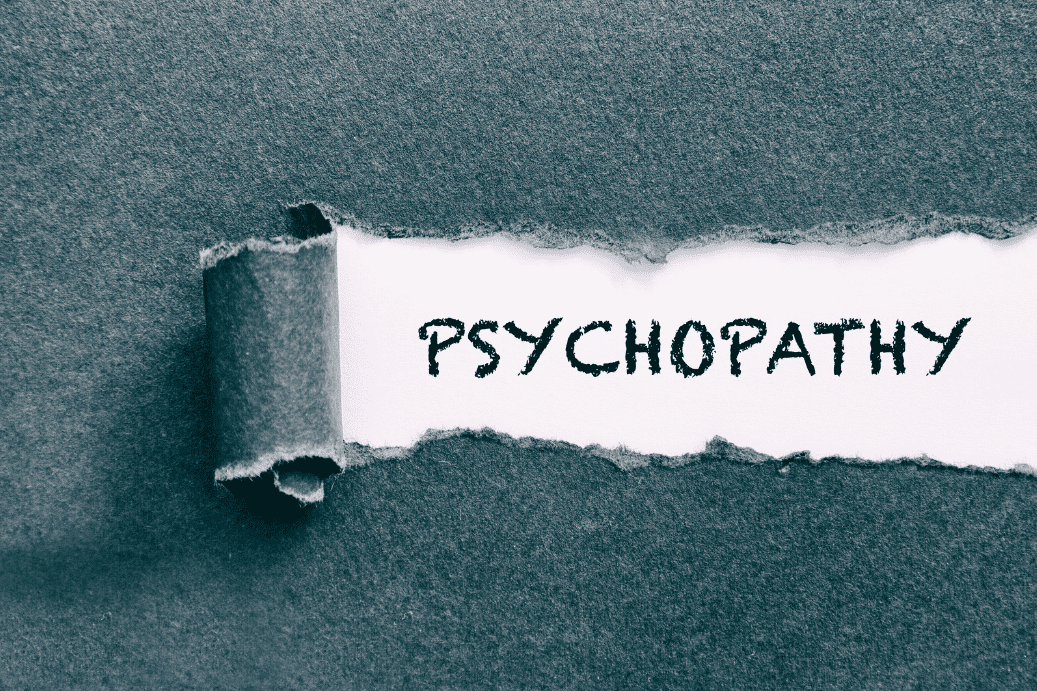 Autism Spectrum Disorder (ASD) has become one of the fastest-growing developmental disorders among children (Tincani, Crozier, & Alazetta, 2006). Prevalence rates have consistently increased over the years, and it is now predicted that 1 in 59 children have ASD (CDC, 2019). ASD is characterized by a lack of social communication, restricted behaviors, and difficulty understanding social cues (APA, 2013). The goal of this blog post is to help answer common questions and provide a general overview of ASD and discuss methods of detection and treatment.
Autism Spectrum Disorder (ASD) has become one of the fastest-growing developmental disorders among children (Tincani, Crozier, & Alazetta, 2006). Prevalence rates have consistently increased over the years, and it is now predicted that 1 in 59 children have ASD (CDC, 2019). ASD is characterized by a lack of social communication, restricted behaviors, and difficulty understanding social cues (APA, 2013). The goal of this blog post is to help answer common questions and provide a general overview of ASD and discuss methods of detection and treatment.
What are the Signs and Symptoms of ASD?
The specific criteria for diagnosing ASD can be found in the DSM-5, which was published in 2013.
Individuals with ASD may show:
Criterion A. Persistent deficits in social communication and social interaction across multiple contexts.
- Deficits in social-emotional reciprocity, ranging, for example, from abnormal social approach and failure of normal back-and-forth conversation; to reduced sharing of interests, emotions, or affect; to failure to initiate or respond to social interactions.
- Deficits in nonverbal communicative behaviors used for social interaction, ranging, for example, from poorly integrated verbal and nonverbal communication; to abnormalities in eye contact and body language or deficits in understanding and use of gestures; to a total lack of facial expressions and nonverbal communication.
- Deficits in developing, maintaining, and understanding relationships, ranging, for example, from difficulties adjusting behavior to suit various social contexts, to difficulties in sharing imaginative play or in making friends, to the absence of interest in peers.
Criterion B. Restricted, repetitive patterns of behavior, interests, or activities, as manifested at least two of the following:
- Stereotyped or repetitive motor movements, use of objects, or speech (e.g., simple motor stereotypes, lining up toys or flipping objects, echolalia)
- Insistence on sameness, inflexible adherence to routines, or ritualized patterns or verbal nonverbal behavior (e.g., extreme distress at small changes, difficulties with transitions, rigid thinking patterns, greeting rituals, need to take the same route or eat food every day).
- Highly restricted, fixated interests that are abnormal in intensity or focus (e.g., strong attachment to or preoccupation with unusual objects, excessively circumscribed or perseverative interest).
- Hyper- or hypo-reactivity to sensory input or unusual interests in sensory aspects of the environment (e.g., apparent indifference to pain/temperature, adverse response to specific sounds or textures, excessive smelling or touching of objects, visual fascination with lights or movement).
Criterion C. Symptoms must be present in the early developmental period (but may not become fully manifest until social demands exceed limited capacities or may be masked by learned strategies in later life).
Criterion D. Symptoms cause clinically significant impairment in social, occupational, or other important areas of current functioning.
Criterion E. These disturbances are not better explained by intellectual disability (intellectual developmental disorder) or global developmental delay. Intellectual disability and autism spectrum disorder frequently co-occur; to make comorbid diagnoses of autism spectrum disorder and intellectual disability, social communication should be below that expected for general developmental level.
What are the tests used to diagnose ASD?
Clinicians will use a number of assessments to make a diagnosis, including psychological assessments, interviews, questionnaires, and observations.
- Autism Diagnosis Interview – Revised (ADI-R)
- Childhood Autism Rating Scale (CARS)
- Social Responsiveness Scale – Second Edition (SRS-2)
- Autism Diagnostic Observation Schedule – Second Edition (ADOS-2)
Treatability and the Effect of Treatment in ASD
There are a variety of treatment options for individuals with ASD. Most common are Behavioral therapy and Social Skills group therapy. Additional programs include occupational, speech, and early intervention. A doctor’s recommendations may include medications, therapies, parent training, education, and academic support (Danielson et al., 2018). Such treatments may make the symptoms of ASD easier to manage during daily activities. These treatments are most effective when utilized together.
References
American Psychiatric Association. (2013). Diagnostic and Statistic.







